Winner of the ASLA Award of Excellence for General Design in 2010, Turenscape’s Houtan Park (后滩公园) also ranked near the top for places I wanted to visit on my trip to Shanghai. Though I arrived in the dead of winter and was greeted by a rather dry and dull color palette, my visit to Houtan Park did not fail to impress.
Site Rendering. Photo: Kongjian Yu. source: asla.org
With the added tagline ‘Landscape as a Living System’, Houtan Park has been universally lauded for not only its design, but also for its natural water purification system, whereby “634,000 gallons of polluted water are cleaned daily, improving the water’s quality from Grade V (unsuitable for human contact) to Grade II (suitable for landscape irrigation) using only biological processes” (LAF) in the restored wetlands.
The ASLA award submittal describes the project:
“Built on a brownfield of a former industrial site, Houtan Park is a regenerative living landscape on Shanghai’s Huangpu riverfront. The park’s constructed wetland, ecological flood control, reclaimed industrial structures and materials, and urban agriculture are integral components of an overall restorative design strategy to treat polluted river water and recover the degraded waterfront in an aesthetically pleasing way.
The site is a narrow linear 14-hectare (34.6 acre) band located along the Huangpu River waterfront in Shanghai, China. This brownfield, previously owned by a steel factory and a shipyard, had few industrial structures remaining and the site was largely used as a landfill and lay-down yard for industrial materials.” (ASLA)
Located adjacent to Huangpu River on the north and extending to Shibo Avenue in the south, Houtan Park borders the Expo Garden on the east and stretches to Nijiabang in the west. Like the Quarry Garden in the Chenshan Botanical Garden, Houtan Park is far enough away that it is more than likely to be a planned destination for visitors, rather than a random side trip. Because it was built as part of the 2010 World Expo, Houtan Park is located in southern Shanghai, away from the city center. I decided to bike down from my apartment in Pudong. The ride took about an hour and a half on easy, flat terrain. If you’re ever in Pudong with access to a bike, I recommend cycling down to the park; there isn’t very much traffic and the bike lanes are wide and separated.
The Garden has two entry/exit points, and walking is the major means of sightseeing. By protecting, recovering and re-constructing the wetland ecosystem, Houtan Garden doubles as a self-cleaning wetland to purify the water and provide more oxygen. The wetlands have also attracted large numbers of birds and other wildlife back to the region.
The water cleansing mechanism of man-made wetlands. Graphic: Kongjian Yu. Source: asla.org
The “living machine” water purification process follows a 1.7 km (1 mile) long man-made wetland coursing through the center of the park. The nutrient-rich water from Huangpu River is oxygenated and treated through a series of cascades and terraces, the designs of which were influenced by China’s famous terraced rice fields. Visitors walking the length of the park are thus exposed to a rich diversity of scenic spaces and the varying elevations created by the terraces.
One of my favorite areas in the park, the Ludi Platform (芦荻台) is located at the center of Houtan Garden overlooking Huangpu River and its surrounding wetlands. A major gathering area in the park, the platform inspired me even in winter–though I imagine that the area looks much more vibrant during the growing season. In reference to Shanghai’s industrial history, the architectural remains of a former sewage processing factory were retained onsite and transformed into the Ludi viewing platform. Reclaimed, folded steel panels are also situated throughout the park as industrial references. Artfully framing views of Shanghai’s skyline, these folded steel panels have oxidized overtime into a beautifully aged reddish-brown color.
Families congregated at Houtan Park, some bringing picnic lunches and kites, while others carried fishing rods and nets. This regenerative, multi-purpose landscape is clearly well-loved by natives. There is much to admire about the park: the clean, sharp geometric lines of the zig-zag boardwalk contrasting nicely against the undulating curves of the riverbank; the interpretative signage revealing the landscape’s history and ecological functions; and its role in calling global attention to the field of landscape architecture and the potential power of landscapes in reaping social, cultural, and ecological benefits.
All photos, with the exception of those credited otherwise, were taken by author Lucy Wang. Please ask before using. Houtan Park article also appeared on www.landscapevoice.com.
About the Journey:
Hi! My name is Lucy Wang and I’m a landscape architecture grad from the University of Maryland. I travelled the U.S. (and parts of Canada) by mass transportation for several months in search of great, publicly-accessible landscape architecture sites, as well as landscape architecture firms and universities. I also was able to make a trip out to Shanghai in China for six weeks. I’ll be sharing some of my favorite finds on Land8 along the way. For more information, check out my profile. As always, feel free to leave a comment below!
Where I’ve been:
San Antonio Japanese Tea Garden, San Antonio
Waterfall Garden Park, Seattle
California Academy of Sciences Green Roof, San Francisco
Gary Comer Youth Center Green Roof, Chicago
Lafayette Greens, Downtown Detroit
Subscribe: Receive the latest from Land8 via email: http://goo.gl/fEvxo
Published in Blog



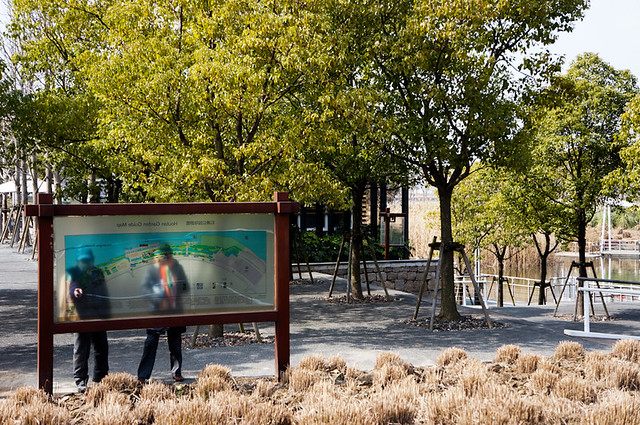
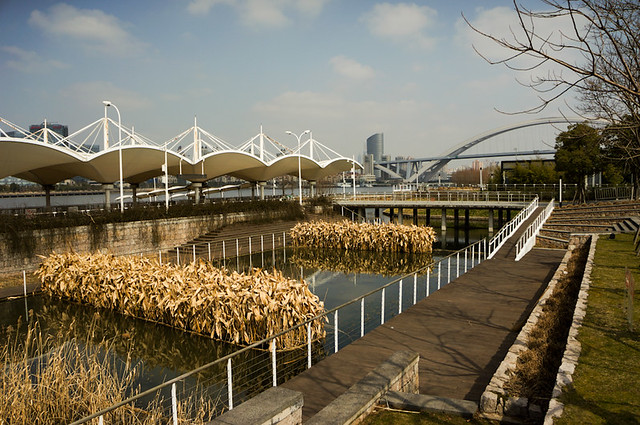
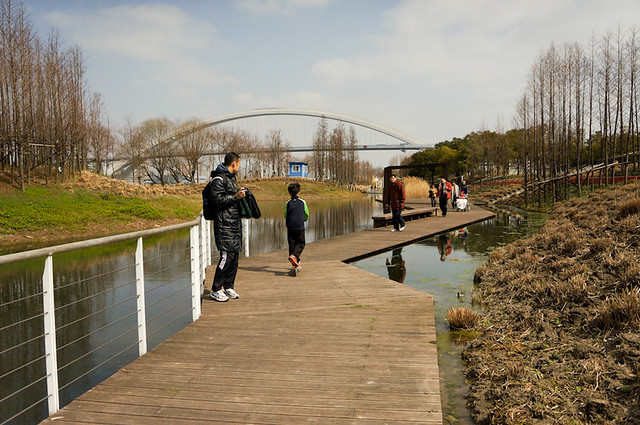
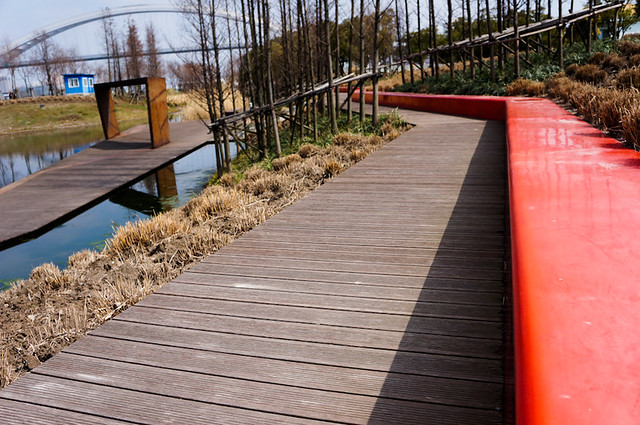

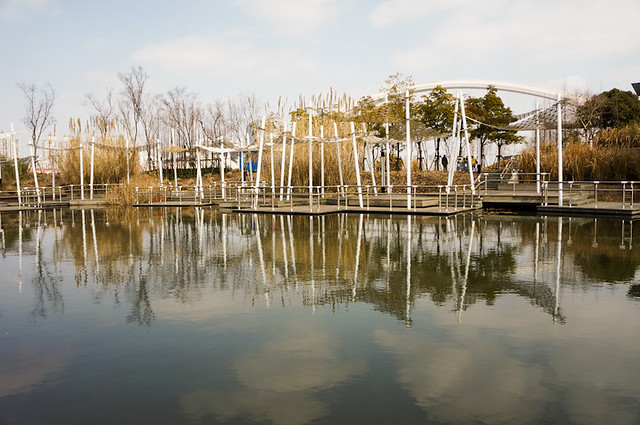

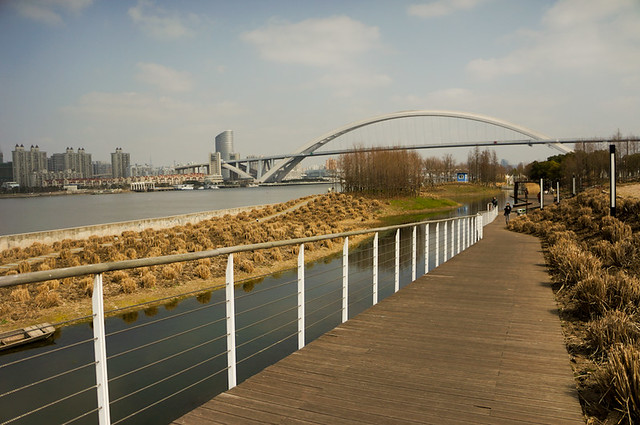
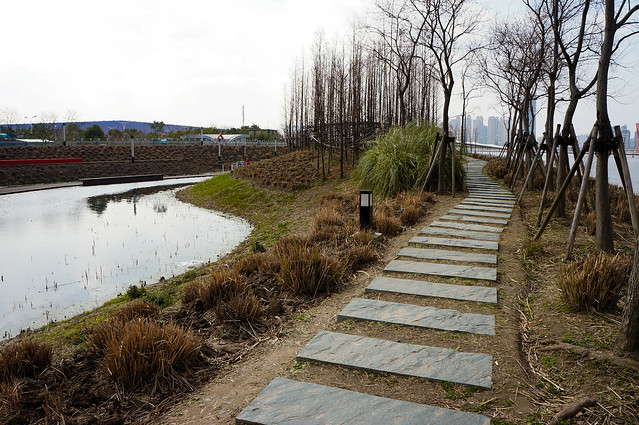
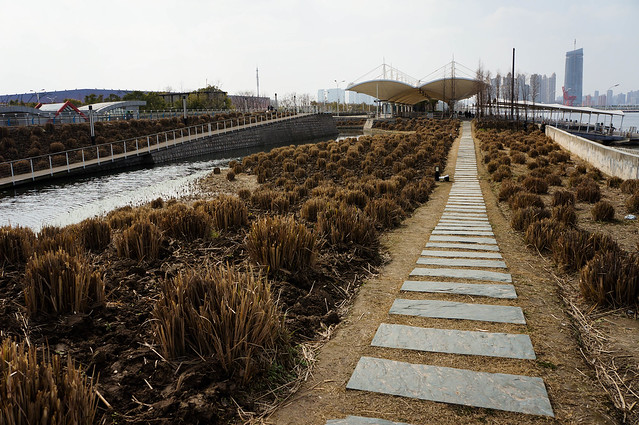
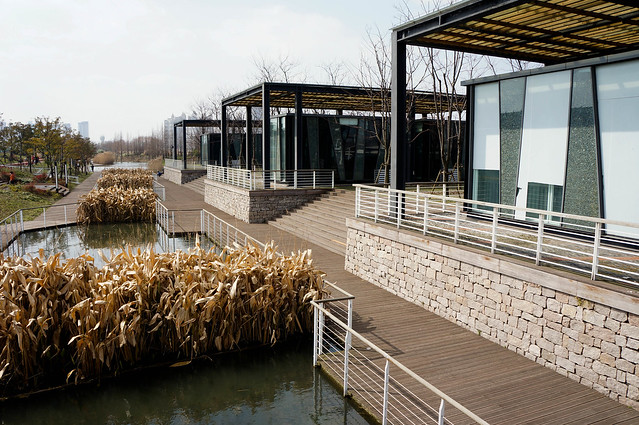
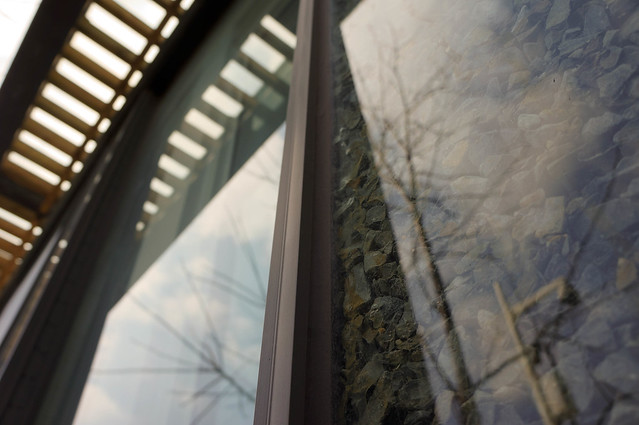
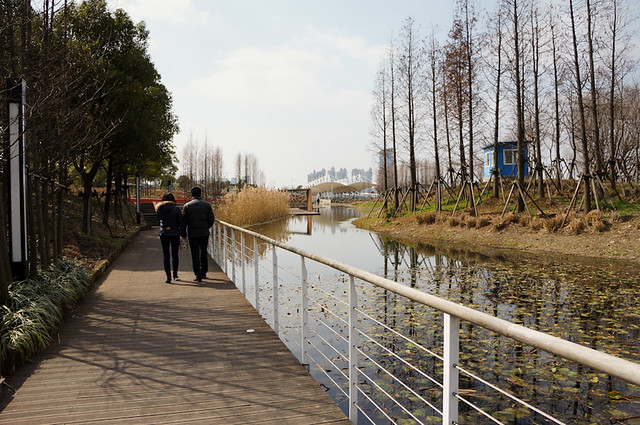
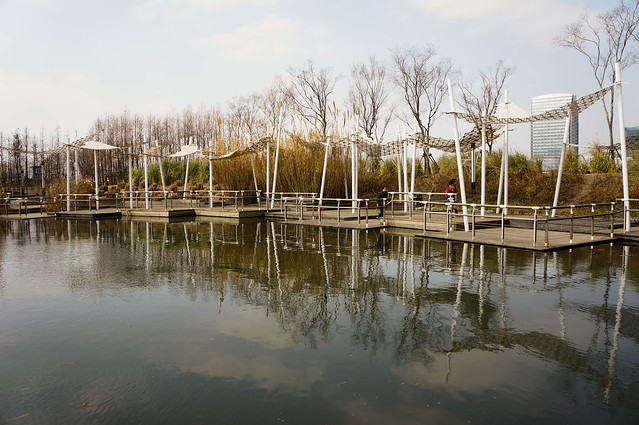
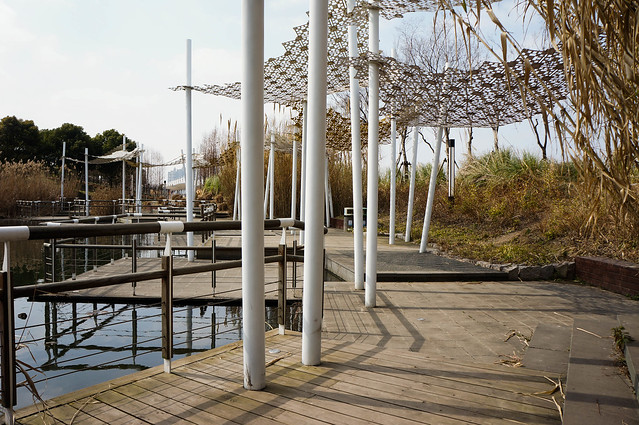
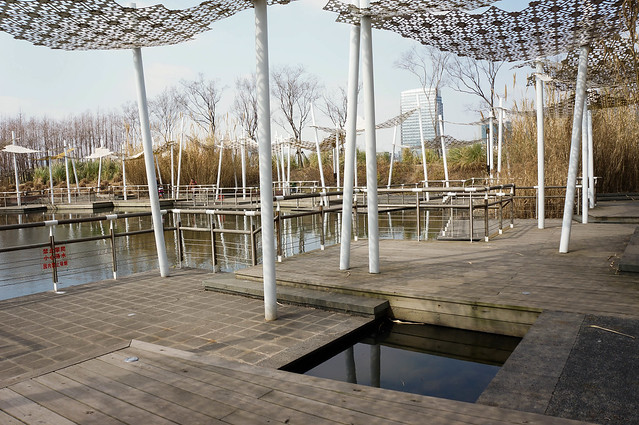
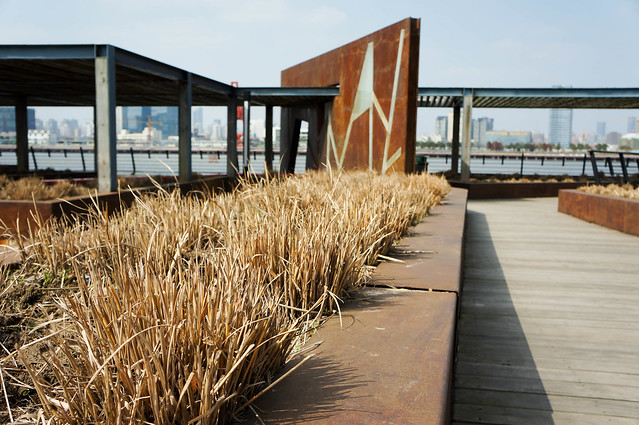
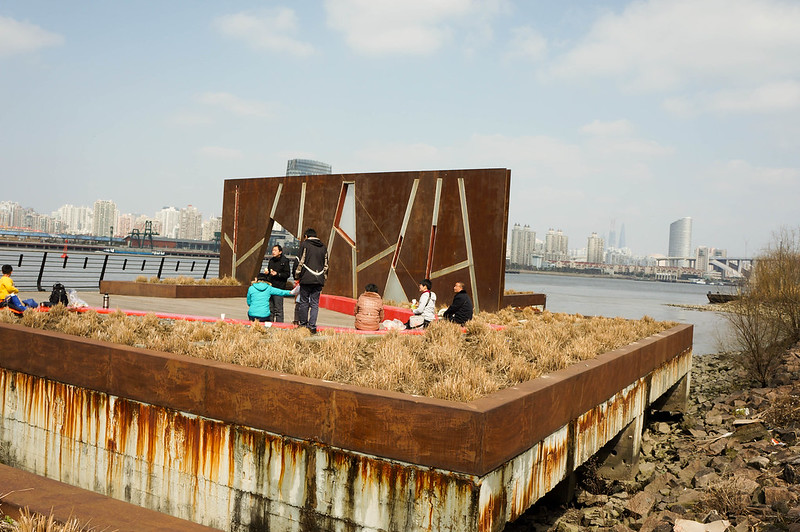
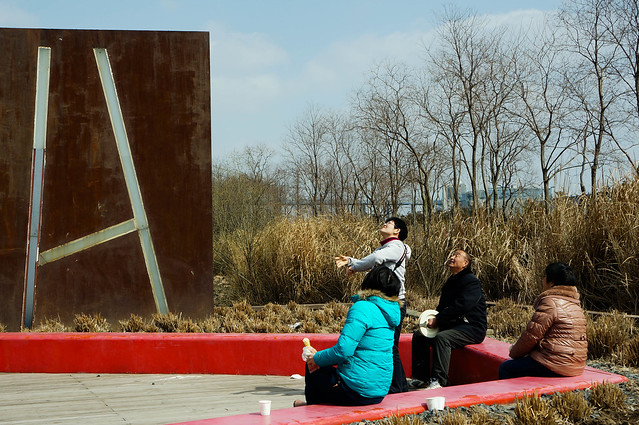
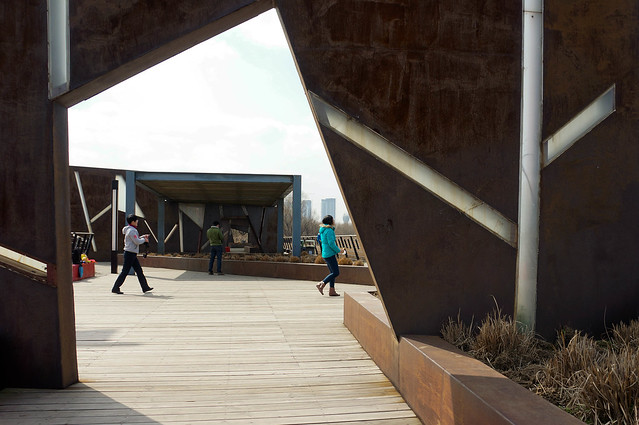
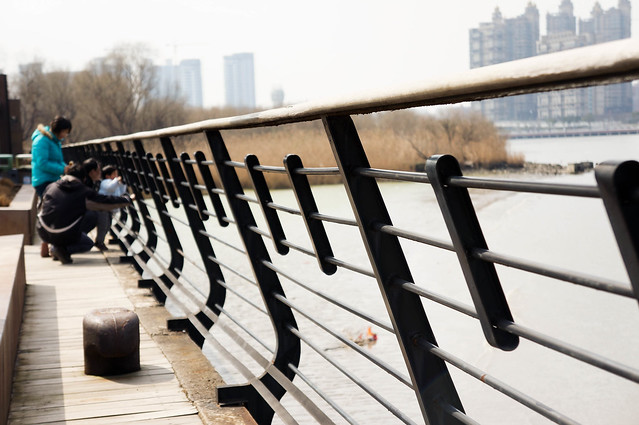
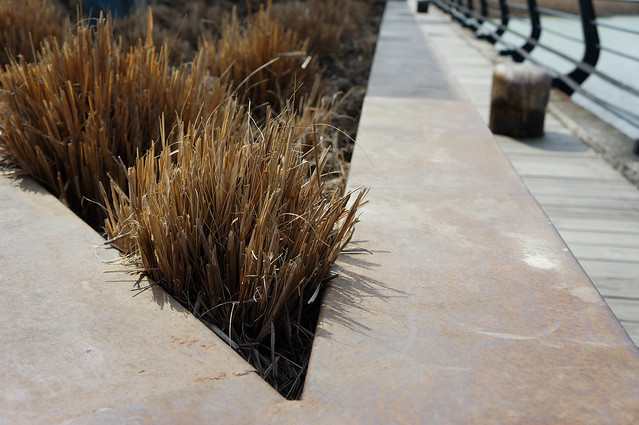
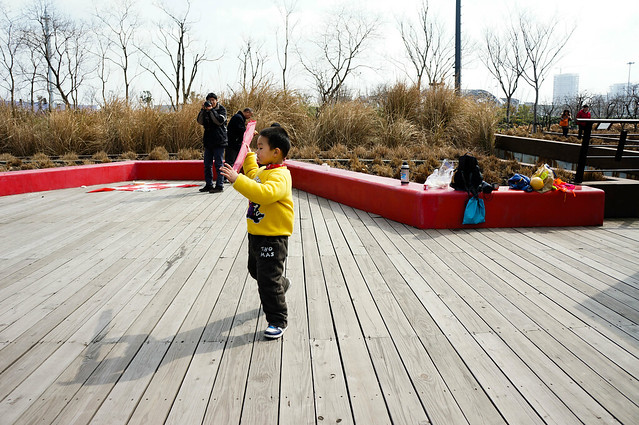
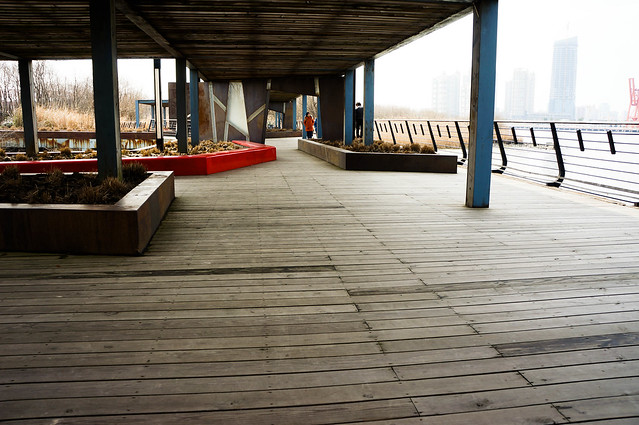
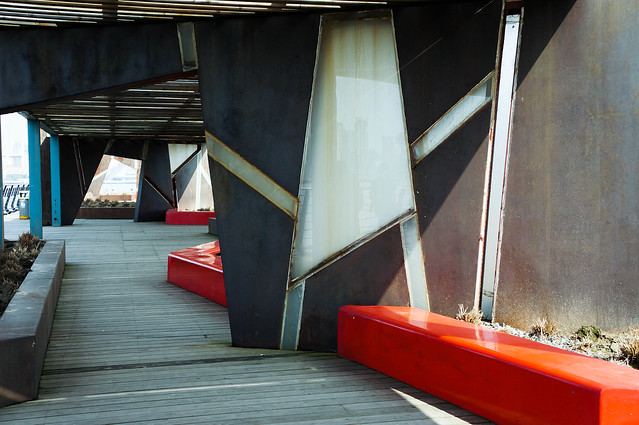
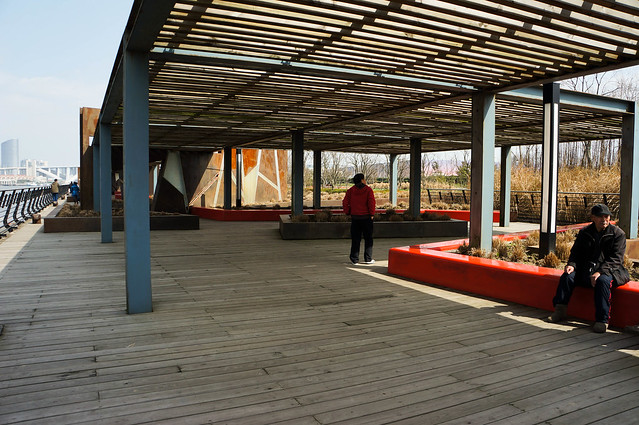
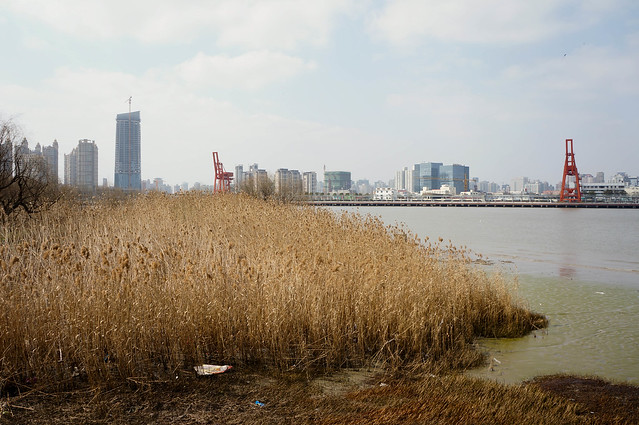
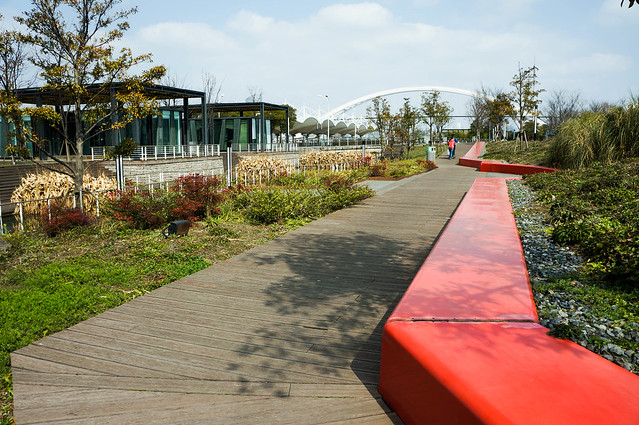
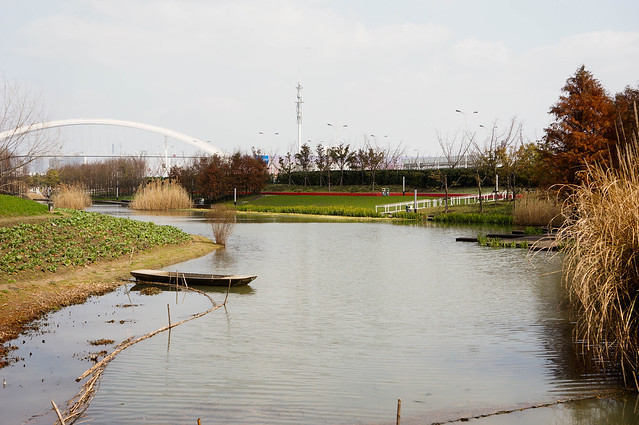
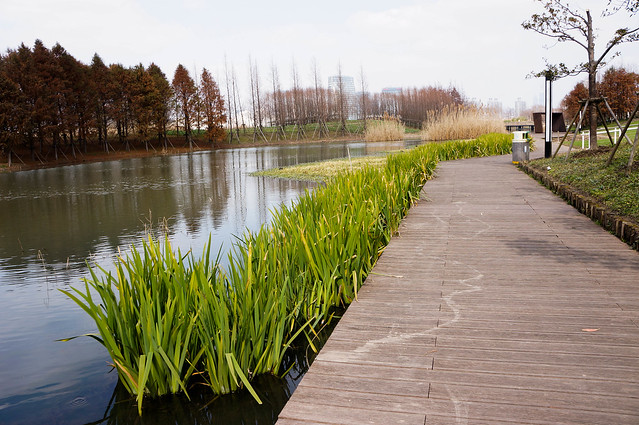
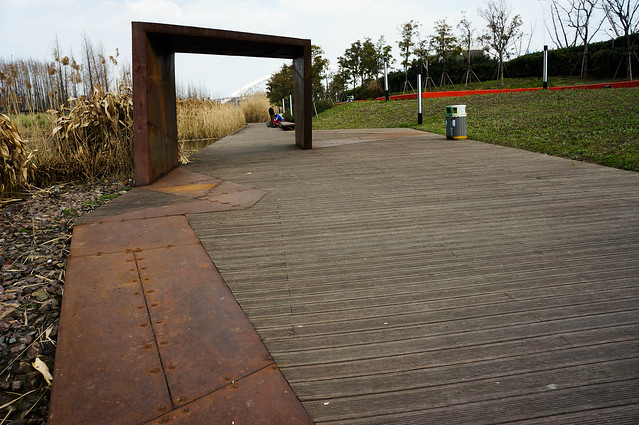
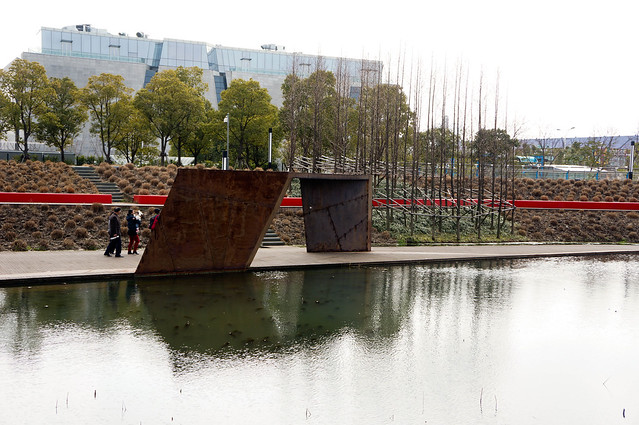
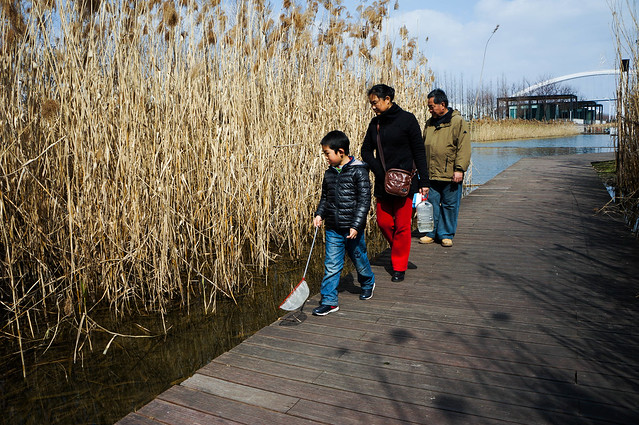

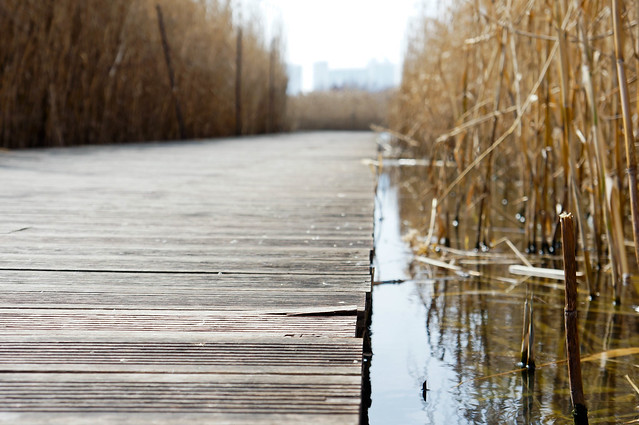

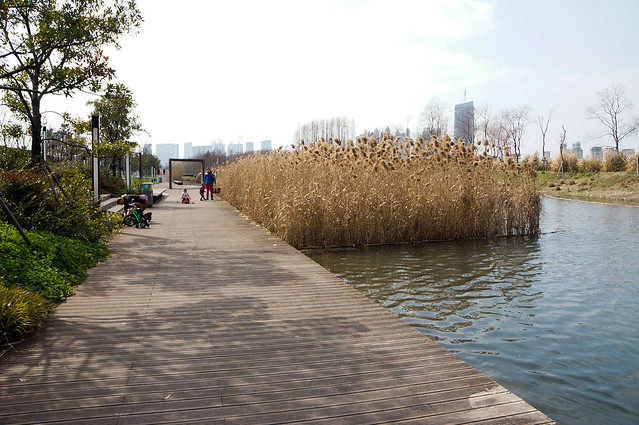
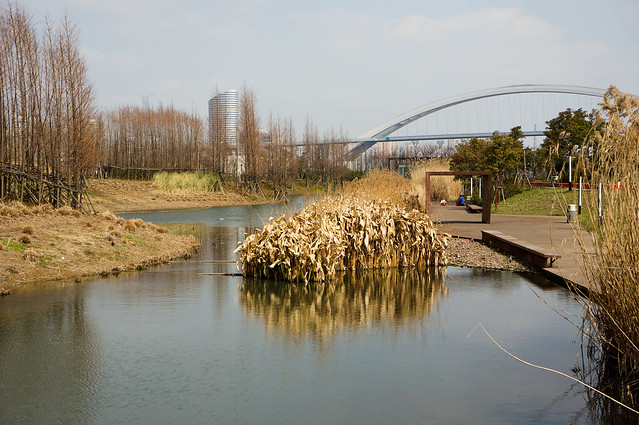
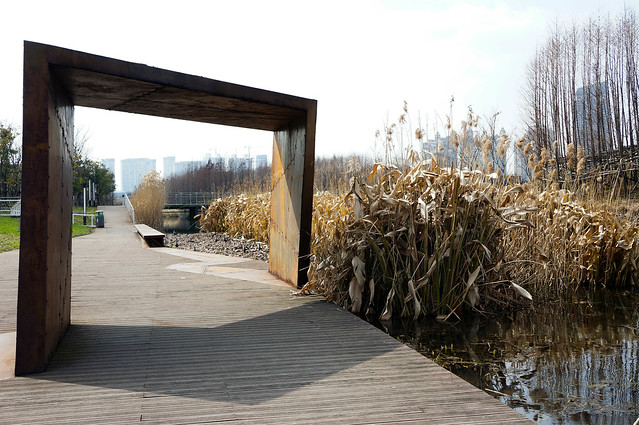
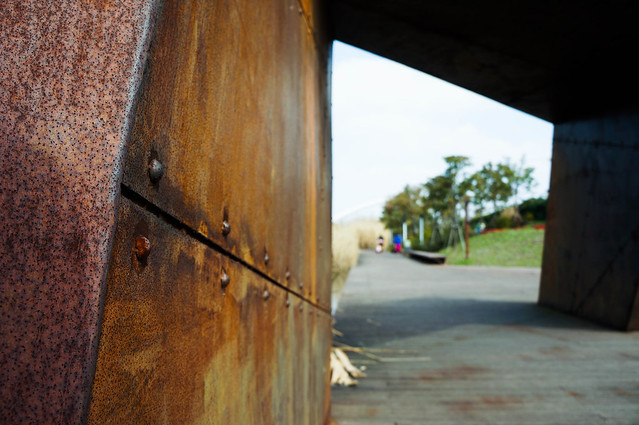
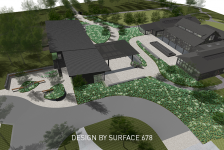

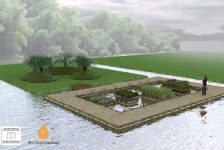

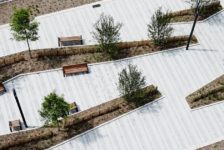
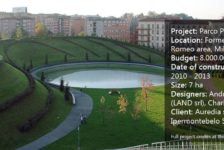
ida
I like your photos. They make the place look inviting. Thank you for sharing